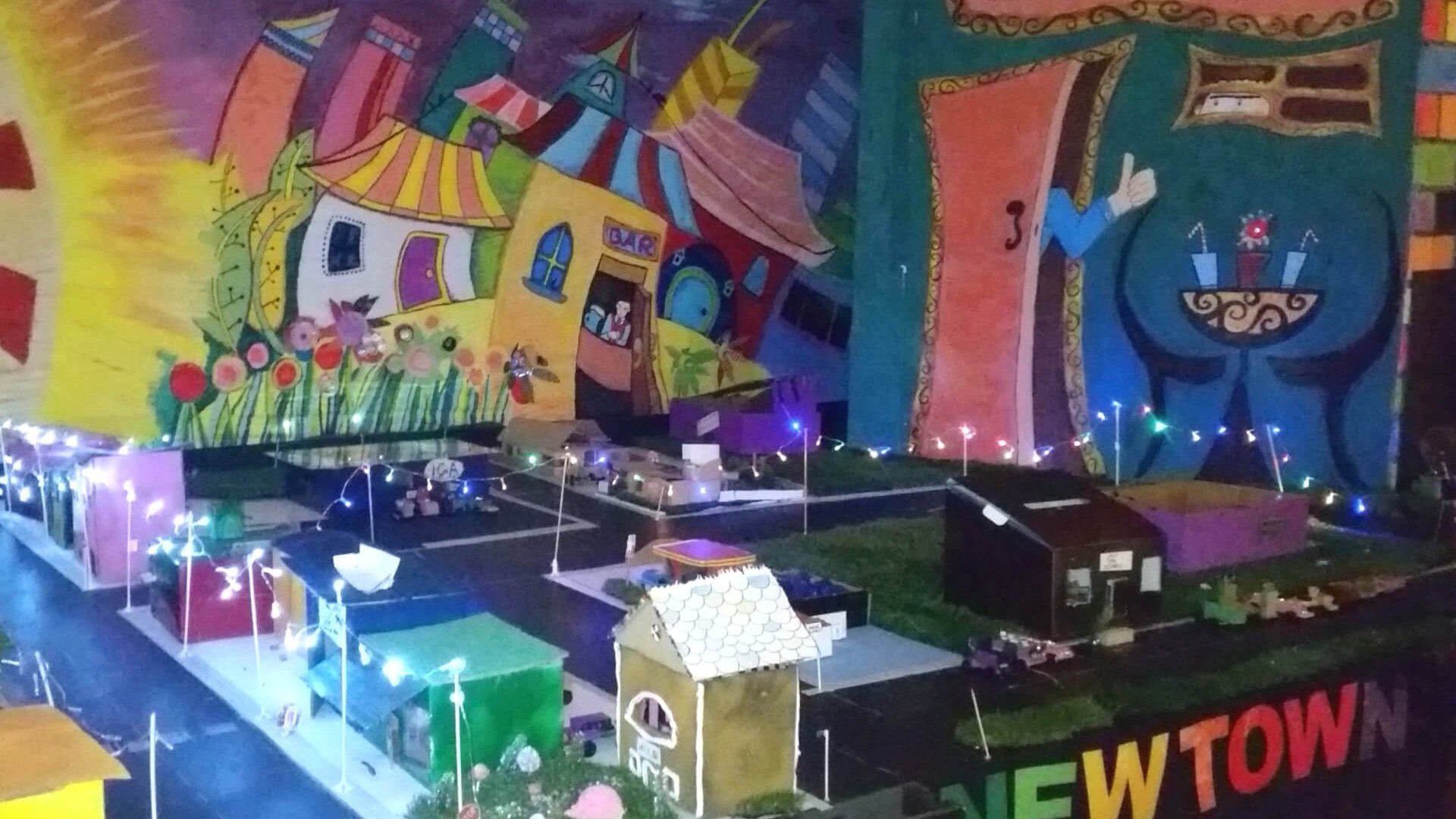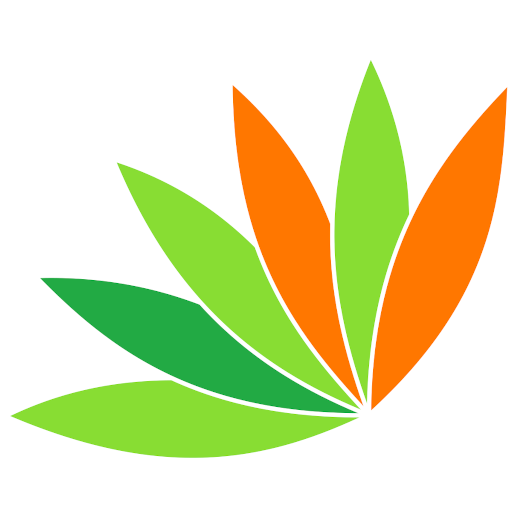
Humanities and Social Sciences
Our students develop a solid understanding of the world and their place in it.
Humanities help students understand human behaviour and interactions in a wide range of contexts, time frames and points of view, helping them to develop an ability to think, question, communicate, adapt and solve problems. Students learn about the world around them and the events and forces that have shaped the world and expand their knowledge and understanding at a pace that suits them.
-
Students explore significant events and places, in both their own lives and the lives of others around the world the connections between people and their world, and reflect on and explain how life and society have changed over time. They develop an understanding of decision-making, government and the legal system, design and implement investigations of the world, including maps, timescales and other data, and explore the meaning and broader impact of their results.
-
Our children explore significant events in the local community and the world, and identify and reflect on different celebrations and commemorations. They organise events chronologically and collect information about past events and the lives of people, with a focus on different points of view, and write narrative stories about historical events.
-
Students understand the characteristics of specific locations, the connections that develop between people and places, and the importance of the environment. They make observations and ask questions about places, and collect information and data to help them draw conclusions and suggest appropriate actions in response to specific challenges or goals.
-
Children develop an understanding of rules, processes and systems in our society and the roles of democracy and identity in helping people participate in groups to achieve shared goals. They ask questions about their society and collect information from different sources to answer them, with an awareness of different points of view and facts vs opinions, and create solutions and action plans.
-
Students understand the purpose of business and recognise the trade-offs that are made when allocating resources. They appreciate the importance of being informed when making decisions, undertaking an investigation into an economic or business issue, and applying their learnings to everyday problems.
General capabilities
The study of human behaviour and interactions through the humanities and social science subjects also develops students’ general abilities:
Understanding and creating diagrams and written records of events and people
Reading numbers and dates, and collecting and analysing data
Using ICT resources to gather information, data and present findings
Reflecting on, asking questions about and proposing solutions to challenges
Exploring different cultures, societies and personal experiences
Appreciating the value of rights and responsibilities
Seeing things from different points of view and the impact of choices
Humanities at Village School
Teachers at Village work hard to ensure that all students develop a solid understanding of all the different humanities and social sciences subjects, while allowing for different levels of interest and ability. Our humanities and social sciences program is integrated across many different learning activities, that may incorporate multiple subjects and skills. At Village, we prefer not to categorise learning under the different humanities sections. We want the children’s learning to always be a reflection of real life activities.
Term themes often come out of brainstorming activities with the children and then it’s up to the teachers to find the connections to the humanities curriculum and ensure that they are addressed in a meaningful context rather than in isolation. We emphasise hands-on, practical activities that teach our students how to learn, and let the learning outcomes emerge as a result of engaged education. We make use of events in our local community or the world at large to create learning that’s relevant and meaningful. As required, we adapt the specific topics and projects to suit each individual child or current world events, to increase the desire to learn and enjoyment of the learning process.
Our humanities curriculum is supported by a number of materials, including online resources, maps, non-fiction books, videos, online research and YouTube, but also real-life objects, settings or incursions which enhance the children’s understanding of the theme.
For instance: firemen’s helmets and gear for a theme about community helpers; didgeridoo, nulla nulla etc for an indigenous theme.
Examples of humanities activities
Our students learn about the world and their place in it in a variety of ways at Village School. Here are some examples of humanities and social sciences learning in action.
-
A theme on Parliament where the children learn about the three tiers of government is enhanced by the school room is set up to depict the Australian Parliament and the children take on the various roles of government. They run their own election and learn about the preferential voting system. During this study theme aspects of geography, history, civics, maths and language were covered.
-
The theme of “Where Did We Come From ?” started with the children building indigenous huts in one part of the playground, then working in teams to represent the different vessels of the First Fleet. This included research and then building a semi-life-sized two-dimensional model of their particular boat so that they could enact the trip from England to Australia, passing all the geographical locations on the way. When they reached Australia, they then re-enacted the events that occurred with the indigenous population. Again geography and history came together combined with technology and the arts.
-
The Gold Rush theme was brought alive by the teachers planting many gold pebbles in a certain area so that the gold fields of Ballarat could be enacted. Children needed to pay miners’ fines and brought in their gold for weighing so they could sell it for money. The theme culminated in enacting some of the events that led to the Eureka Stockade. There was an activity where a group made the Eureka Flag, Children took on roles such as Peter Lalor, the publican, miners and police. The learning included history, geography, mathematics, language and drama.




